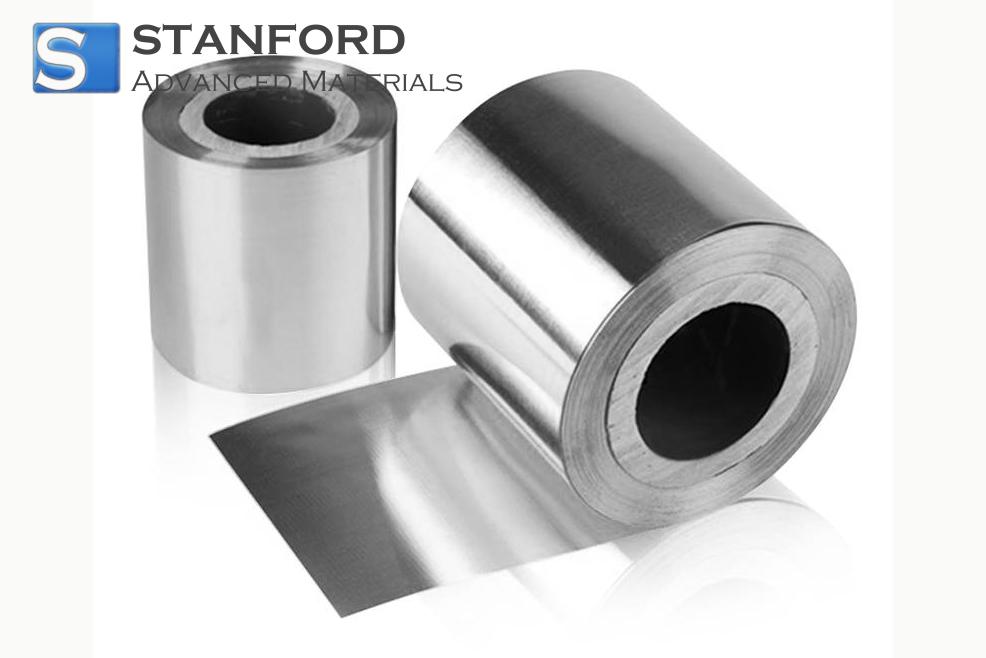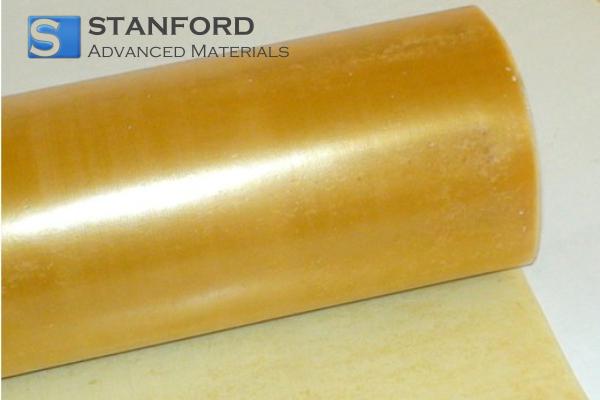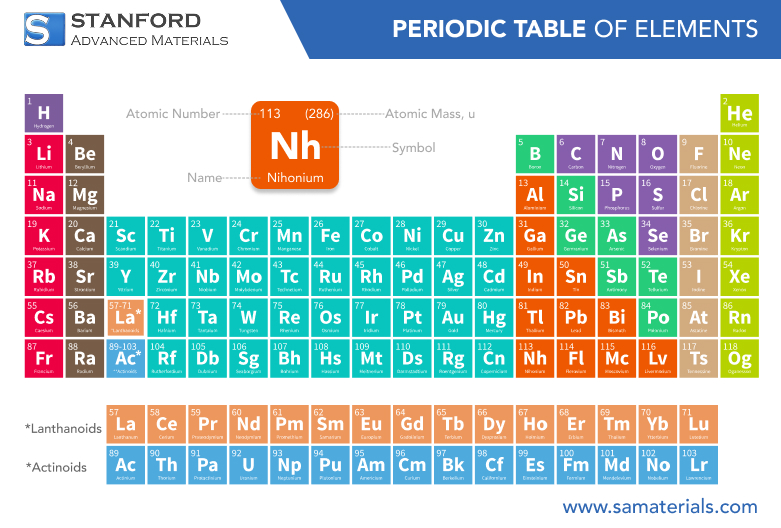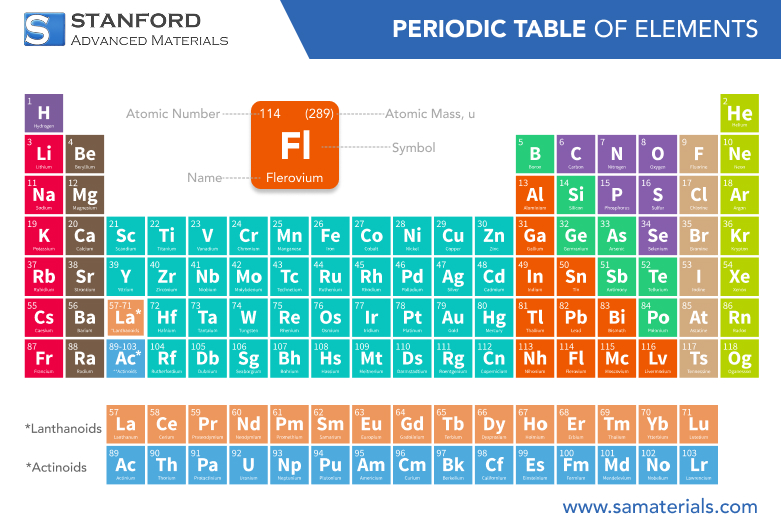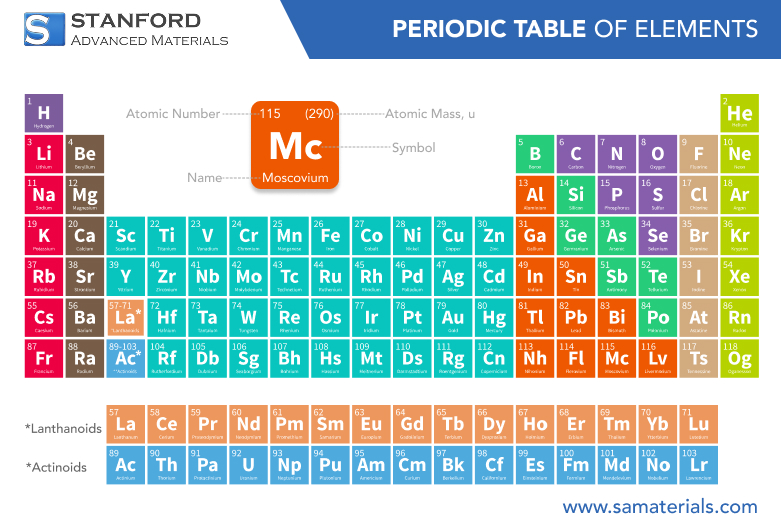Chromium: Element Properties and Uses
Description
Chromium is a chemical element with unique properties that make it essential in various industrial applications, from stainless steel production to protective coatings.
Introduction to the Element
Chromium (Cr) is a transition metal, part of the group 6 elements in the periodic table. It has an atomic number of 24 and is known for its brilliant metallic luster and hardness. Chromium is found in nature primarily as a component of minerals like chromite. It was first discovered in 1797 by the French chemist Louis-Nicolas Vauquelin. Chromium’s most notable characteristic is its high resistance to tarnishing and corrosion, making it highly valued in industrial and commercial applications.
Chemical Properties Description
Chromium exhibits a wide range of chemical properties that contribute to its usefulness in various applications.
- Oxidation States: Chromium can exist in multiple oxidation states, ranging from -2 to +6. The most stable and common oxidation states are +2, +3, and +6.
- Reactivity: Chromium reacts with oxygen in the air to form a protective oxide layer, which prevents further corrosion. It also reacts with non-metals, such as sulfur and halogens, to form various compounds.
- Acid and Base Behavior: Chromium(III) oxide (Cr₂O₃) is amphoteric, meaning it can react with both acids and bases.
- Toxicity: While chromium in its +3 oxidation state is essential for human health, the +6 oxidation state is toxic and carcinogenic, particularly in industrial settings.
Physical Properties Data Table
Chromium is a hard, steel-gray metal with high melting and boiling points. Below is a table summarizing some of its key physical properties:
Property | Value |
Atomic Number | 24 |
Atomic Mass | 52.00 g/mol |
Density | 7.19 g/cm³ |
Melting Point | 1907°C |
Boiling Point | 2671°C |
Electrical Resistivity | 2.3 x 10⁻⁶ Ω·m |
Thermal Conductivity | 93 W/m·K |
Color | Silvery metallic |
For more information, please check Stanford Advanced Materials (SAM).
Common Uses
Chromium is widely used in various industrial and commercial applications due to its durability, hardness, and resistance to corrosion.
- Stainless Steel: The most common use of chromium is in the production of stainless steel. Chromium is alloyed with iron to create steel that is resistant to corrosion and staining.
- Chrome Plating: Chromium is used to coat other metals, providing a shiny and durable finish. This is common in automotive parts, household appliances, and decorative items.
- Pigments: Chromium compounds, such as chromium oxide (Cr₂O₃), are used in pigments for paints, dyes, and inks. Chromium yellow (PbCrO₄) is a well-known pigment.
- Alloys: Chromium is a key component in many alloys, including those used in aerospace, military, and industrial applications.
- Wood Preservation: Chromium compounds like chromated copper arsenate (CCA) are used to treat wood to prevent decay and insect infestation.
Preparation Methods
Chromium is primarily extracted from chromite ore (FeCr₂O₄), through a process known as the aluminothermic reaction. In this process, the chromite ore is mixed with aluminum powder and heated, resulting in the reduction of chromium oxide to produce metallic chromium. Additionally, chromium can be obtained by electrolysis of chromium chloride in the presence of a molten salt.
Related Industrial Products
Chromium is involved in several industrial products:
- Stainless Steel: Contains chromium as a major component, often combined with nickel, molybdenum, and other elements.
- Chromium Alloys: Used in applications that require high strength, resistance to heat, and toughness, such as turbine blades and heavy machinery.
- Chromium Chemicals: Used in the production of various chemicals, including chromium salts, chromium dioxide (for magnetic recording media), and other specialized compounds.
Frequently Asked Questions
What is chromium used for in daily life?
Chromium is mainly used in stainless steel production, which is used in kitchen appliances, cutlery, and industrial machinery. It is also used in the manufacturing of coatings and pigments.
How is chromium extracted?
Chromium is extracted from chromite ore through the aluminothermic reaction, a process involving aluminum powder to reduce chromium oxide.
Why is chromium dangerous?
Chromium, particularly in its hexavalent form (Cr⁶⁺), is toxic and carcinogenic. It poses risks when inhaled or ingested, particularly in industrial settings where exposure is common.
Is chromium essential for human health?
Yes, chromium in its trivalent form (Cr³⁺) is an essential trace element that plays a role in glucose metabolism, although its exact function is still being studied.
What is the main source of chromium?
Chromium is primarily sourced from chromite ore, which is abundant in countries like South Africa, India, and Kazakhstan.

